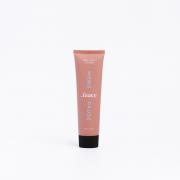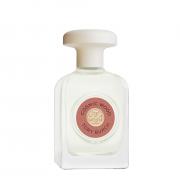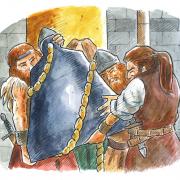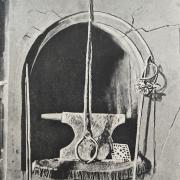Prodip Das, ENT Consultant and Lead Paediatric ENT Surgeon for Brighton & Sussex University Hospitals NHS Trust, explains common childhood illnesses
Sore throats are most often a result of viral infections associated with colds and flu-like symptoms, especially as we move deeper into the winter season. It is therefore important that we ensure children have a healthy diet and plenty of rest– which is often easier said than done! Fortunately most children’s symptoms are mild, and respond to rest and simple pain killers such as paracetamol and anti-inflammatories (e.g. ibuprofen).
Sometimes the sore throat becomes much worse and can develop into bacterial tonsillitis, which is associated with fevers, sweats and difficulty swallowing. The tonsils become reddened and often have an thick white coating. If the symptoms of a sore throat are getting worse after 24-48 hours and not responding to simple measures, it would be advisable to seek the advice of your general practitioner.
Tonsils and adenoids
Tonsils and adenoids are both formed of similar tissue. The tonsils are more accurately termed ‘palatine tonsils’ and situated on each side wall at the back of the mouth. The palatine tonsils are connected to similar tissue, below on the floor of the mouth (lingual tonsils) and above within the back part of the nose (adenoids). Together these three areas form a gateway through the nose and mouth. As a result, this gateway detects anything we swallow or inhale and subsequently informs the body’s immune system of what to expect. Tonsils and adenoids only play a very small part within the immune system as there are many areas throughout the entire digestive and respiratory systems that have identical roles. The removal of adenoids and/or tonsils is still one of the most commonly performed of any surgical procedure within the world today.
The tonsils alone are most frequently removed for recurrent tonsillitis. This can affect children of all ages, but there do seem to be certain ages when children are more prone. These tend to be the ages when a child starts a nursery, or primary/secondary school. It is thought that change in environment and routine may play a role.
Obstructive Sleep Apnoea
Tonsils and adenoids are often removed together for children with nasal and mouth obstruction. These children classically snore a great deal and can often be observed holding their breath whilst sleeping – often for several seconds. The child usually then slightly awakens before starting the cycle of snoring/breath holding once again.
This cycle is termed Obstructive Sleep Apnoea (OSA) and can have a major effect on a child’s health and development. During the day these children can be more tired/irritable than expected. They usually find it difficult to breathe through their nose (as it is blocked with huge adenoids) and as a result can drool and have an excessively ‘snotty’ nose. If a parent observes that their child has pauses in breath and restless sleep it would be advisable to seek a referral to a paediatric ENT surgeon via their GP.
It is important to know that the large tonsils and adenoids will not suffocate a child when asleep. However, OSA is taken very seriously as there is good evidence that long term (over many months) obstructive sleep can have effects on a child’s development and cause strain on their heart and lungs.
The majority of children with obstructive sleep apnoea benefit hugely from having their tonsils and adenoids removed.
Adenoidectomy
Adenoidectomy alone is painless and children recover extremely well. As the adenoids fully heal, the child may have a slight nasal discharge (similar to a cold) for a few days, but will otherwise feel well. Removal of tonsils is more painful, but children recover much quicker and less painfully than adults. Most children only require regular paracetamol and ibuprofen for up to 10 days following the operation, but usually stronger painkillers are provided for any times when the regular painkillers are not enough. Spray (Difflam) can also be given to help soothe the area whilst healing.
My advice is to let the child eat any type of normal consistency food as regularly as possible (not just dry foods or jelly and ice-cream). As they swallow, the food brushes past the tonsillar area and prevents bacteria from building up. The child usually recovers fully within 10 days of the operation.


























